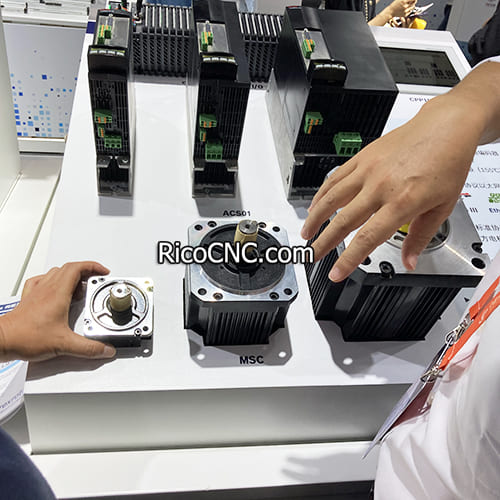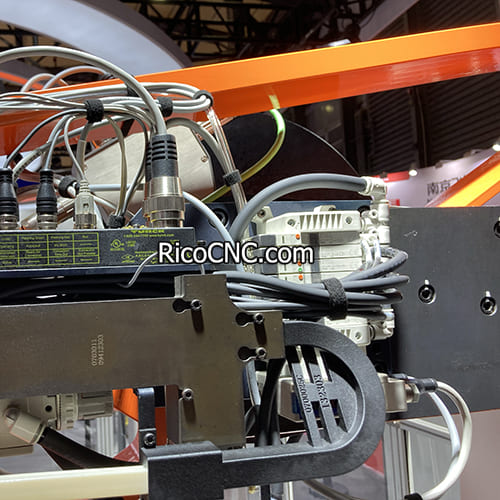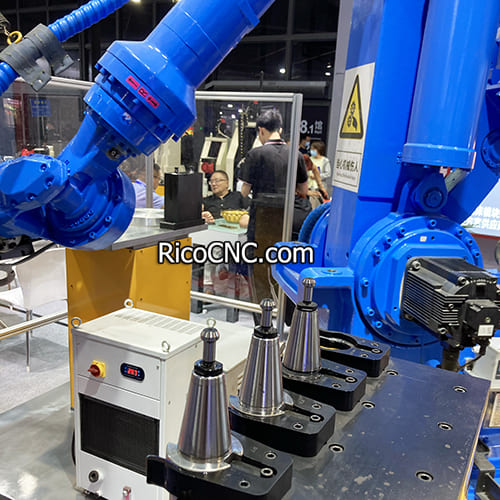
Do Servo Motors Have Brushes?
Servo motors are the heart of precision-driven systems, commonly found in automation, robotics, and many industrial applications. A fundamental question that often comes up is: Do servo motors have brushes? To answer this, we need to explore the components of different types of servo motors, such as brushed and brushless versions, and understand the role of these brushes in their performance.
What Is a Servo Motor?
A servo motor is a type of motor that allows for precise control of angular or linear position, velocity, and acceleration. It typically consists of a motor, controller, and feedback device, which allows for constant monitoring and adjustments. Servo motors can be broadly classified into brushed servo motors and brushless servo motors.
Servo motors are integral to a variety of industries, from automobile manufacturing to industrial automation and even home appliances. Their high degree of accuracy and efficiency makes them indispensable in contexts where precise control is necessary.
Servo motors also have a reputation for reliability, versatility, and efficiency. But the specific type of servo motor—whether brushed or brushless—can determine what applications they are best suited for. Let's dig deeper to understand the difference.
Types of Servo Motors: Brushed vs. Brushless
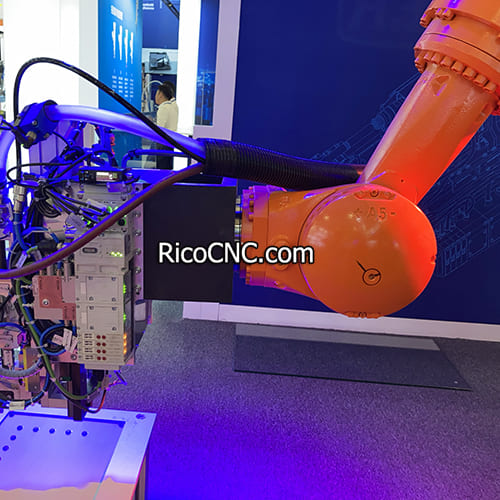
Brushed Servo Motors
Brushed servo motors, as the name suggests, have brushes. The brushes in these motors are typically made from carbon and play a critical role in maintaining electrical contact between the motor's rotor and commutator. Here's what makes them unique:
Mechanics: The brushes make contact with the rotating commutator, allowing electrical current to flow, thereby inducing rotation in the motor.
Simpler Design: They are relatively simple in design and easier to control, making them suitable for low-cost applications.
Efficiency and Wear: However, the downside to brushes is the wear and tear they experience over time. The brushes are a physical component that rubs against the commutator, which results in friction and eventual degradation.
Maintenance Requirements: Due to this wear and tear, brushed servo motors require periodic maintenance, including replacing the brushes, which can be seen as a drawback.
Applications: These motors are often used in applications where precise control is needed but longevity is not a primary concern. Examples include certain types of home appliances or smaller-scale automation systems.
Brushed servo motors may offer advantages in cost and simplicity, but they come with the requirement of higher maintenance. This characteristic might make them less desirable for some industries, but they remain a viable option for many straightforward tasks.
Brushless servo motors, on the other hand, do not contain brushes. These motors use electronic commutation instead of physical brushes to achieve motor control. Let's break down their unique features:
Mechanics: Since there are no brushes, these motors utilize permanent magnets on the rotor and electromagnetic windings on the stator to induce motion.
Longevity and Reliability: Brushless motors are more durable because there is no physical contact that leads to mechanical wear. As a result, brushless servo motors can last much longer compared to their brushed counterparts.
Efficiency: Without the friction caused by brushes, brushless servo motors are inherently more efficient and can run cooler. This makes them ideal for situations where heat dissipation is a concern.
Applications: Brushless motors are typically used in environments where precision, reliability, and reduced maintenance are critical. They are commonly seen in robots, medical devices, and high-performance industrial machinery.
Thus, brushless servo motors are a more modern version, typically offering better performance, less maintenance, and a longer lifespan compared to brushed servo motors. However, they are also more complex and costlier due to the electronics involved in controlling them.
How Do Brushes Work in a Servo Motor?
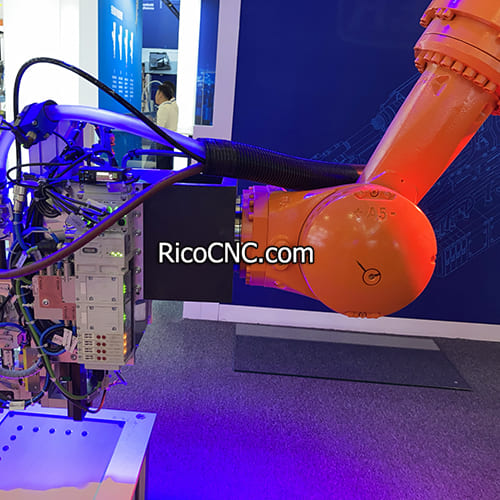
In a brushed servo motor, brushes are the main component that establishes the connection between the rotating and stationary parts of the motor. The brushes essentially carry current between the motor windings and the commutator, which helps in controlling the direction of rotation.
The commutator is segmented, which allows for the correct sequence of current to flow through the windings, creating the magnetic field needed to turn the motor. As the motor rotates, the commutator and brushes work in tandem to switch the direction of current in the rotor windings, ensuring consistent rotational force.
Brushes' Influence on Servo Motor Performance
Brushes are critical in determining the smoothness and efficiency of a servo motor's performance:
Electrical Noise: The interaction between the brushes and commutator can lead to electrical noise, which may affect sensitive systems. This can be mitigated using filters or opting for brushless motors.
Heat Generation: Friction between the brushes and the commutator produces heat, which can become a limiting factor in high-power applications.
Maintenance Concerns: Regular inspection is needed to ensure that brushes are not worn down, as worn brushes can lead to erratic performance or even motor failure.
Comparing Brushed and Brushless Servo Motors
To understand the differences between brushed and brushless motors, here is a table summarizing the key features:
| Feature | Brushed Servo Motors | Brushless Servo Motors |
|---|---|---|
| Maintenance | High, due to brush wear | Low, no brushes to wear |
| Longevity | Shorter lifespan | Longer lifespan |
| Efficiency | Lower, due to friction | Higher, reduced friction |
| Cost | Generally more affordable | More expensive |
| Noise | Generates electrical noise | Quieter operation |
| Control | Simpler control system | Requires electronic control |
The table provides a clear perspective on the trade-offs between brushed and brushless servo motors. While brushed motors are simpler and cheaper, brushless motors provide a host of benefits in terms of efficiency, longevity, and reduced maintenance requirements.
Internal Links for Further Information
For those seeking more information on servo motor technology, you might find the following resources insightful:
Learn more about the fundamentals of servo motors and how they work.
Check out our detailed guide on the servo drive for understanding motor control.
Explore our products, such as the R88D-GT15H-Z Omron Servo Drive for practical examples of how these components are applied.
Common FAQs about Servo Motors

What are the key differences between brushed and brushless servo motors?
Brushed motors use carbon brushes to make contact with the commutator, which wears out over time. Brushless motors use electronic commutation and permanent magnets, making them more durable and efficient.
Why do brushed servo motors require more maintenance?
Brushed servo motors require more maintenance because the brushes and commutator wear out due to physical friction. Regular inspection and replacement of brushes are necessary to maintain optimal performance.
Are brushed servo motors cheaper than brushless ones?
Yes, brushed servo motors are generally more affordable compared to brushless servo motors. However, the ongoing maintenance and shorter lifespan may increase their overall cost in the long run.
Can brushless servo motors generate electrical noise?
Brushless motors tend to produce less electrical noise compared to brushed motors, as they lack the physical contact between brushes and a commutator, which is a common source of noise.
Conclusion

In conclusion, whether or not a depends on the type of motor in question. Brushed servo motors do indeed have brushes, which makes them simpler but also prone to wear. Brushless servo motors, conversely, use advanced electronics for control, offering higher efficiency, longer lifespan, and lower maintenance. Understanding these distinctions is crucial for making the right choice for your specific application.
If you're looking for a servo motor solution or have any questions about the best fit for your project, don't hesitate to reach out. With our expertise in servo drives, motors, and automation components, we can help guide you to the best solution for your needs.







